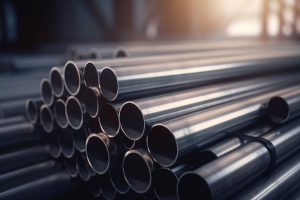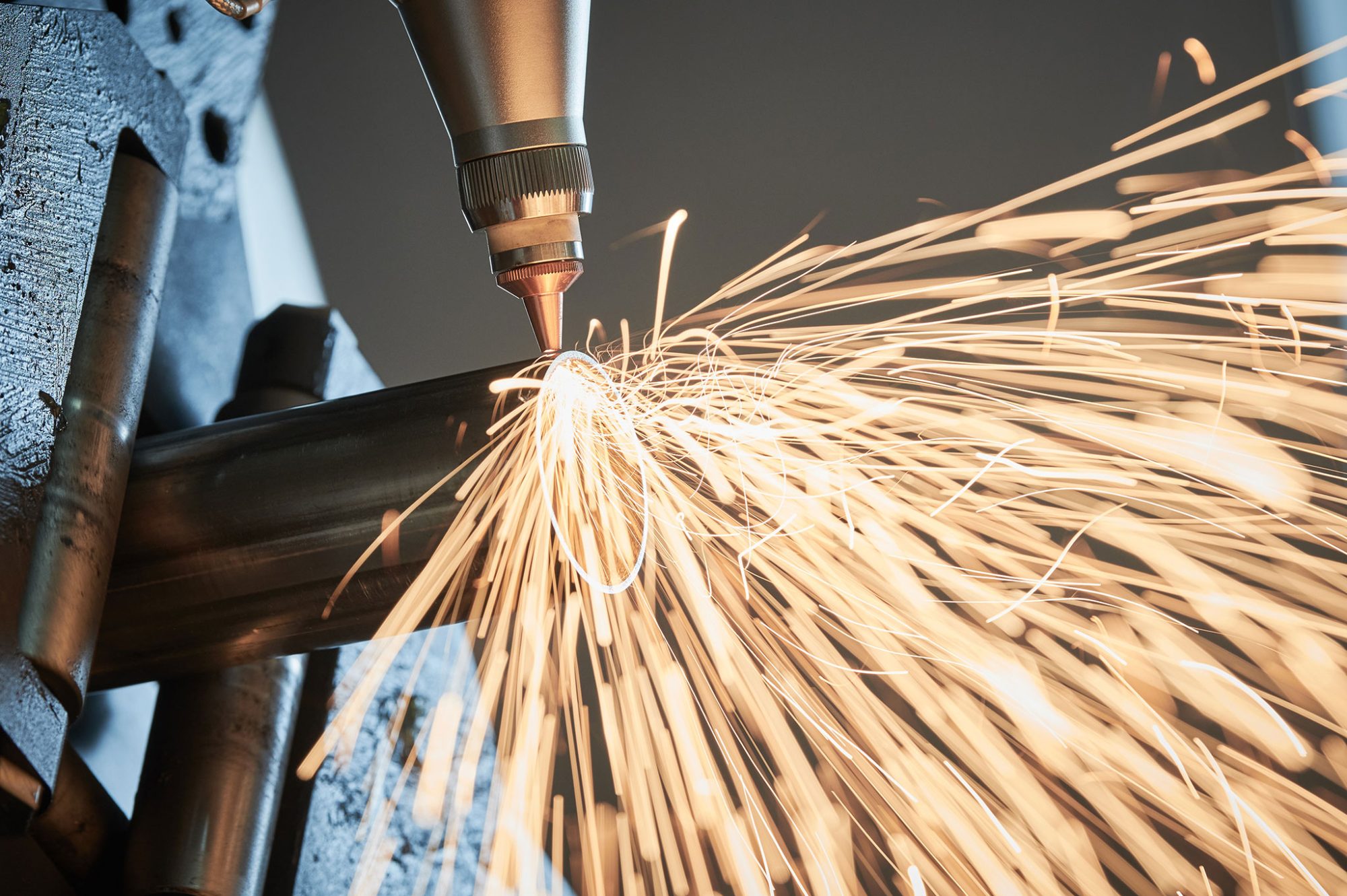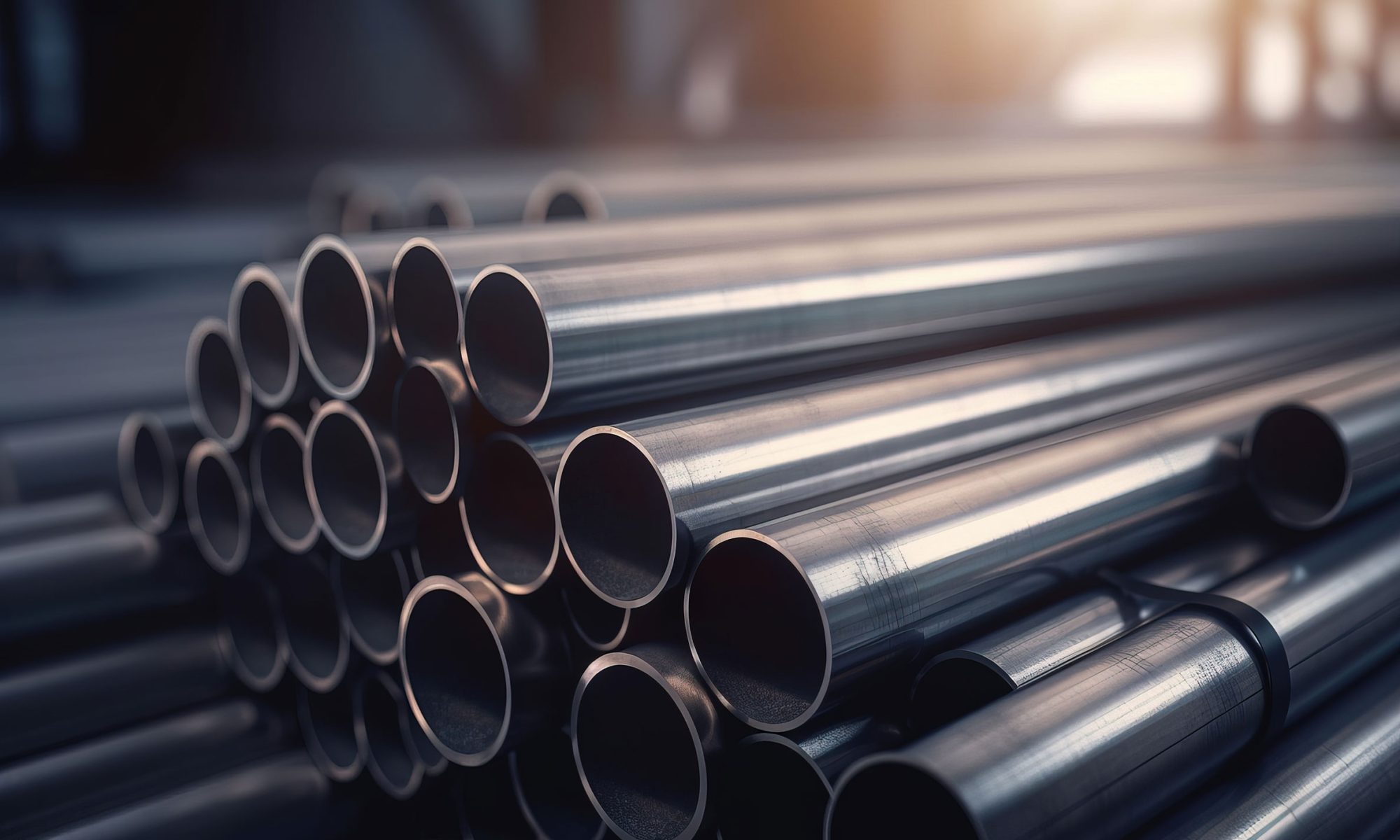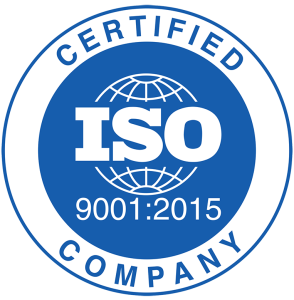Heat treatment is a process for various metals and alloys, including objects like ERW tubes. You heat them to a particular temperature, keep them at that level for a certain time, and cool them at a controlled rate. The treatments change the mechanical and physical characteristics of metal, including ductility, toughness, and hardness. This is without modifying the composition or shape.
 Supplementing this, it is also possible for heat treatment to play an integral part in lowering internal stresses in materials. You can do it through a process called stress relieving. In addition, it helps with enhancing other features such as the magnetic properties and wear resistance.
Supplementing this, it is also possible for heat treatment to play an integral part in lowering internal stresses in materials. You can do it through a process called stress relieving. In addition, it helps with enhancing other features such as the magnetic properties and wear resistance.
The heat treatment also has its artistic merits. It can produce colour changes with metals. As a result, it can be great for decorative metalwork and jewellery.
The widespread applications of heat treatment span many industries. Some include construction, aerospace, and automobiles. All three make use of ERW tubes in many applications.
Reasons for heat treating metals
Let’s talk more about why we heat treat metals. This process is vital for engineering and metallurgy. It helps with refining the structural characteristics of materials. Doing so would make them appropriate for diverse applications. These include aerospace and automotive engineering. Construction is another. For example, when you use heat-treated steel, you are using a material with higher strength.
What’s more, heat treatment enables you to tailor metals to particular jobs. You can treat it to increase a metal’s ductility. Or, you can increase hardness for applications demanding wear resistance.
Methods
Now that we know more about heat treatment, we’ll talk about common methods to do it. You can use some of them on ERW tubes, while others are better for materials in basic forms like plates or rods.
Annealing
This operation consists of heating the metal to a particular temperature. You hold it here for a time and enable it to cool slowly after. Annealing softens your metal, increasing ductility and lowering hardness. The result is something that is easier to work with.
Quenching
What happens here is that you heat your metal and rapidly cool it. You do so by immersing it in a gas or liquid. The abrupt cooling leads to the metal becoming more brittle and harder.
Tempering
Following quenching, metals may to be too brittle for practical usage. To prevent it, you temper them. This consists of reheating to a temperature under the upper critical temperature and cooling afterwards. What tempering does is lower brittleness whilst keeping much of the hardness imparted via quenching.
Normalising
With this approach, you heat the metal above the upper critical temperature. You then let it cool in the air. Such action refines the grain structure and homogenises the metal’s chemical composition. In the end, it becomes more robust and impact resistant.
Specialised treatments
In addition to the methods we’ve talked about already, there are some specialised ones for more particular applications.
With case hardening, you use it to create a wear-resistant, hard outer layer on a component. This is while you are maintaining a ductile, tough interior. To achieve it, you heat your metal in a carbon-rich setting. So, carbon atoms can diffuse onto the exterior. After reaching a particular temperature, you drench the component quickly. Such action hardens the carbon-enriched exterior.
Induction hardening is another method. It utilises electromagnetic induction to heat the metal exterior. Rapid quenching or cooling follows. The technique hardens the part’s surface whilst leaving the core relatively tough and soft. You have a wonderful mixture of durability and strength.
We have plenty on offer if you need ERW tubes
At Union Steel Tubes, we make sure our customers have easy access to the best tube around. There are plenty of products and services available from us. They include round and rectangular tubing, flat oval, and chrome plated, galvanised, and more. We can even offer cutting services if you need them.
You can come to us for ERW tubes with complete confidence in the quality. So, contact us if there is anything we can do for you.



